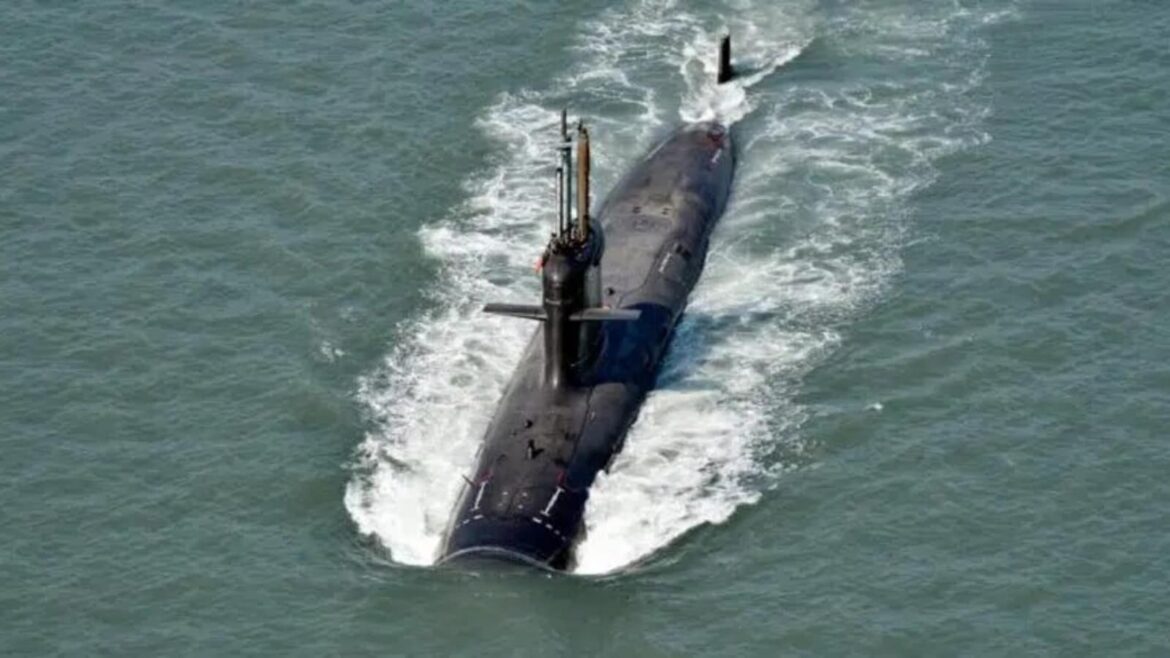In the next Defense Acquisition Board Meeting (DAC), the Narendra Modi government is scheduled to approve amendments in the Defense Acquisition Procedure (DAP) to enable the Indian private sector into defense research and development (R&D) through vehicle specific destination and cooperate with the business of the Public Defense Sector (DPSUS).
According to officials who know these developments, the amendment will allow the Indian private sector to acquire the main shares in defense R&D companies, which will be formed for the development of main hardware platforms such as drones, helicopters, airplanes, and sophisticated submarines. This is an innovative development such as until now, only the government DPSus and laboratories are permitted by the R&D defense with only small goods exposed to R&D personal. This is in line with the defense budget, which is announced that 25 percent of the defense R&D budget will be spent on this platform SPV is specific to the private sector.
Given the global chaos triggered by the Ukraine War and Chinese disputes in Indo-Pacific, India has no choice but to make R&D defense is competitive because the public sector alone cannot meet the increase in the requirements of Indian defense platforms in the specified time. The global defense market will face new challenges because countries such as Japan, Germany, ASEAN, South Korea, and Eastern European countries will look for more weapons from the US to prevent Russia and China, and the last will reduce exports to exports to serving their own requirements. India has no choice but to develop and produce its own hardware platform because its main supplier Russia focuses on the Ukraine War and is only a matter of time when the scarcity of spare parts hit the Indian armed forces.
While the Defense Research and Development Organization (DRDO) has developed hardware platforms for decades, the entry of the private sector into the R&D defense will give India more choices to develop a stand-off weapons system such as long-armed drones, anti-drone systems, multi-helicopters For 12-ton, the next generation of fighter aircraft and maybe nuclear and conventional-powered submarines.
This problem has obtained urgency because China has been able to develop high -heed durable resistance drones such as Wing Loong 10, which is powered by turbofan engines such as sophisticated US armed drones. India, on the other hand, is still relying on to get its medium height durability drone to be increased by Israel and has no answer to long steps that China or in this case Iran and Turkey have taken the development of an unmanned aircraft system.






